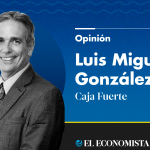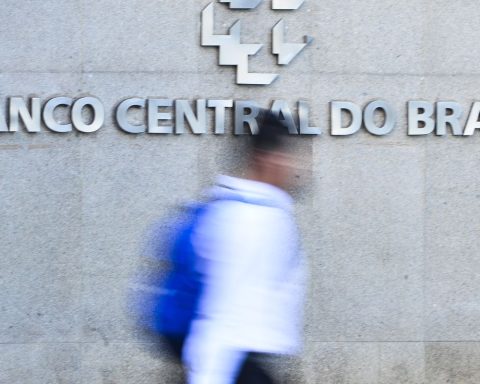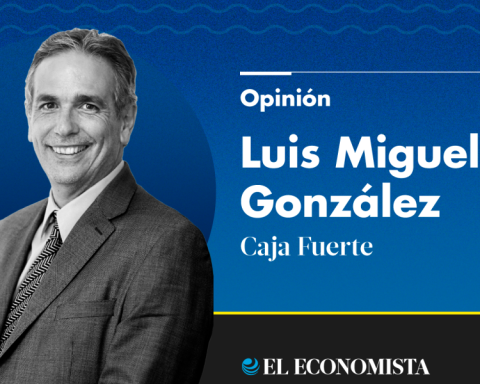The increase in interest rates and inflation have been the main factors that have deteriorated the quality of the credit portfolio.
Looking at the figures for January, the gross portfolio grows, but slows down in all modalities.
(Read: The opportunities and challenges of ‘open finance’ in Colombia).
The gross balance of the portfolio of all credit establishments (banks, financial corporations, financing companies and financial cooperatives) amounted to $668.5 trillion and the depth indicator stood at 45.7% of GDP when in December it was 45.8%.
In real termshe gross portfolio varied 2.5% annually, reflecting the increase in the intermonthly balance ($1.5 trillion); disbursements to households and companies for $28.9 trillion; the effect of inflation since nominal growth is higher (16.1%).
Penalties against the portfolio also had an influence, although to a lesser extent, adding to January $1.5 trillion vs. $1 trillion in the first month of 2022.
According to the Financial Superintendency, of the total written off in the month, 81% corresponds to the consumer portfolio and 15% to commercial.
In January, the commercial portfolio slowed down to 2.9% real annual, completing 15 consecutive months in positive territory.
(See: Nearly 52,000 buyers of social housing, in limbo).
Consumer credit reduced its dynamism, contributing 0.9 percentage points to the real growth of the total portfolio (compared to 2.2 percentage points in 2022), with an annual real 3% increase (16.6% nominal) in January.
This 95.6% of the rate is explained by free investment, which accumulates real annual growth of 9.3%followed in its order by credit card (7.2%), rotating (5.3%) and vehicle with 2.7%, only payroll contracted (-4.6%).
disbursements reached $12 billion compared to $13.9 billion a year ago).
The housing portfolio barely grew a real 0.5% per year, a lower rate than that registered in the same period of 2022 (5.7%).
For the Superfinanciera, the figures are consistent with the correction of the effect of inflation, given that in nominal terms the housing modality grows 13.8% per year. As well as with lower demand, since disbursements in January reached $1 trillion ($1.7 trillion a year ago), driven by the No VIS segment with $707,500 million. VIS financing reports real annual growth of 7.8% and Non-VIS of 0.1%.
(Keep reading: Apple launches interest-free loan service: that’s how it works.)
He microcredit completed 23 consecutive months of positive growth up to 1.2% real annual (below the 2022 average of 2.6%). Disbursements reached $773,000 million ($489,900 million in 2022). The dynamism in placement is explained by niche entities.
The balance that reports arrears of more than 30 days continues to grow at negative rates in real terms, while consumption completed five months of positive annual variations.
Past-due portfolio reached $26.4 trillion, an increase compared to $29.4 trillion a year ago.
the cartera per day was 642.1 trillion, 96.1% of the total balance. The default portfolio quality indicator for the totalthat is, the ratio between the past-due balance and the gross balance has remained around 3.9%.
BRIEFCASE

















